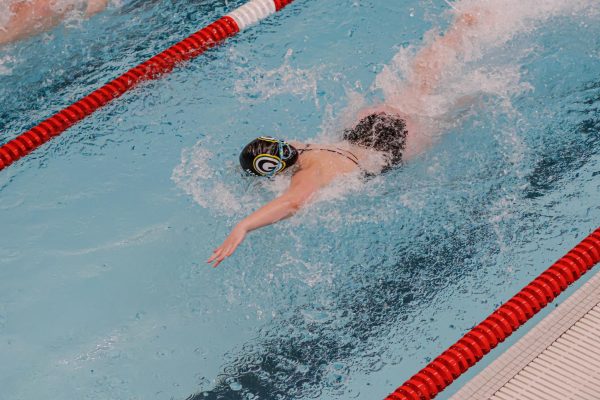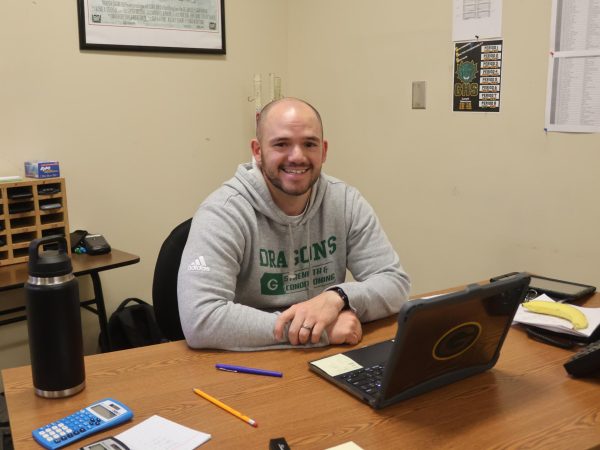That Is Not Trash, Share Tray
Place It and Take It
The idea of the share tray originated from the Culinary Advisory Board and is implemented to help reduce the amount of waste in the lunchroom.
In the lunchroom, there is a cart parked next to the dishwashing station for students to take uneaten food donated from other students for free. This cart is called the share tray. The idea of the share tray originated from the Culinary Advisory Board and is implemented to help reduce the amount of waste in the lunchroom.
“The Culinary Advisory Board consists of high school students,” lunch director Mrs. Sharon Schaefer said. “The students of this group were really concerned with the amount of waste in the school and our carbon footprint. I think that the main reason why these students are so concerned with this is because they are going to be on this earth a lot longer than I am, so they stressed the importance of removing waste from the lunchroom.”
Not only were the students of the Culinary Advisory Board credited for the establishment of the share tray, but Mrs. Schaefer has also been thinking of ways to reduce the amount of waste throughout the lunchroom as well. In 2017, she published an article for “School Nutrition” magazine that talked more in-depth about share trays. This idea was eventually implemented into the lunchroom this year, and the actual tray was donated by the food company General Mills, not the idea.
“Not only did I write about share carts in this magazine, but I also wrote what is called the standard operating procedure and how to implement them into industries,” Mrs. Schaefer said. “And if I am going to write an article for the entire country, I am most certainly going to back it up by doing it my own district.”
Even though the share tray allows students to take uneaten food at no cost, there are certain foods that cannot be placed on the tray for sanitary reasons. The only foods that can be placed on the share tray include whole fruits with peels, commercially packaged foods and cold zone items.
“You can share things you get from us,” Mrs. Schaefer said. “For example, fruit with a thick rind and washable fruits. Along with that, everything has to be intact. For instance, if you break open the top of your banana you can not share it.”
Despite the giving nature, students cannot just place their uneaten food on the share tray for immediate consumption\; the cart is divided into sections. The top part of the share tray is where students can take food, and the bottom part of the share tray is where students can place their uneaten food. In order for the food to be considered sanitary, it must be checked over by either the athletic office or the nurse’s office.
“If students are going to be picking up food from the share tray, they need to know where it came from,” Mrs. Schaefer said. “This is why the cart is divided into sections\; they need to be able to know what food they can take and what food they cannot take. The food on the bottom part of the cart must be checked over before it can be cleared for consumption.”
While the cafeteria is trying to reduce the amount of waste in the school through the share tray, others are also finding and implementing ways to help reduce the amount of waste. One of these schools, in particular, is the Indians’ Elkhart School District. The district helps reduce the amount of waste in their schools by taking leftover food from their cafeterias and then turning it into take-home meals for kids who need assistance. So not only are schools finding ways to reduce waste, but they are also finding ways to make an impact on the students and their community.

Kalei Renner is a senior at GHS and is in her first year on The Dragon staff; she serves as the Business and Advertising Manager. Prior to entering The...







